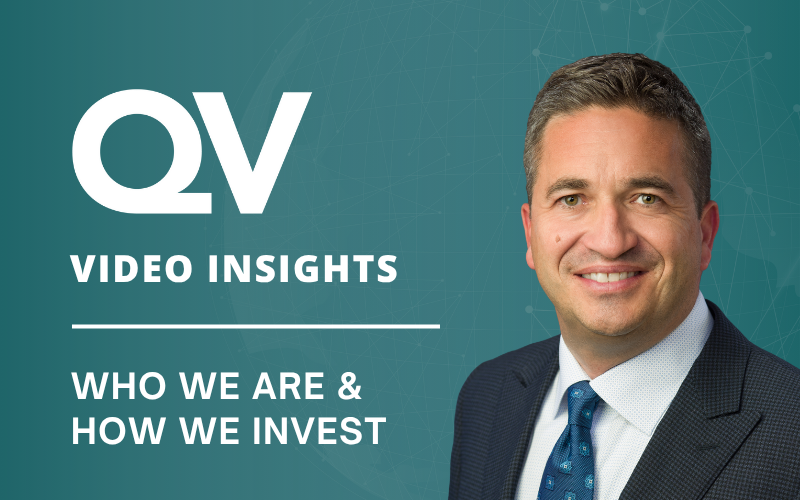Turbulence in the market, such as during this past week, can cause a range of emotions amongst investors. Fear, frustration and panic are amongst expected reactions.
As most investors are loss averse, facing ‘red’ is uncomfortable. To help stem the risk of poor emotion-based decisions, a rational path forward is to refocus on the portfolio construction and prior market experiences. This can help ensure both the portfolio and pilot are prepared for all types of situations.
A SOUNDLY CONSTRUCTED PORTFOLIO SHOULD PROVIDE STABILITY
In our balanced strategies, bonds provide capital preservation, income maximization and flexibility to be opportunistic. During recent days, the capital preservation has become more evident and appreciated. As we review the opportunity set in bonds, incremental yield through lower quality credit sector exposure or incremental equity allocation could provide some upside to returns. However, Canadian high yield bonds are trading at a ~20% premium to long-term average spreads, and recently lower quality speculative investments seem to be driving equity markets higher. In evaluating the risk/reward of these propositions, we are maintaining our overweight positioning in high quality and short duration bonds in our balanced strategies. This may not provide as much offense in an aging bull market, but it provides significant reserves and flexibility for more difficult periods. In addition to preserving capital in a downturn, this positioning will provide ample flexibility to rebalance when there are fewer willing buyers for credit and equity exposure.
While we are cognizant of the overall market movements, the QV equity strategies are comprised of 25-40 businesses providing services and products and generating sales and cashflows. From a portfolio construction standpoint, each mandate strives to maintain a margin of safety to respective benchmarks through valuation and quality advantages. For example, if you need an adult beverage after this week, QV Global Equity Strategy holding, Molson Coors, trades at a roughly 20% discount to the broader global indices, with a current year (CY) price-to-earnings ratio of less than 13x. It also offers a 2.7% dividend yield, a 10% premium to the market. In need of an aspirin instead? Head to a Shoppers Drugmart or Pharmaprix, where QV holding Loblaws generated $47bn in sales and $1.3bn in earnings in the past year. At a 10% discount to the Canadian market with a 14x P/E ratio (CY), the Loblaws franchise offers significant value and earnings power throughout the business cycle.
Ideally all 25-40 businesses in the respective mandates, are enjoying operating success and evolving in their life cycles, but this is not always the case. Importantly, maintaining a minimum of 25 holdings in the portfolios provides the bulk of the non-systemic risk reduction which helps mitigate risk when stock-specific volatility inevitably arises. Probability dictates that at any given point there are likely QV holdings that are not performing well in the stock market. One such example over the past year is QV’s investment in Parkland Fuel.
PANIC OR PATIENCE
While an initial reaction in a market decline may be to panic, making a snap judgement while under duress is not advisable. The ability to step back and assess the facts in a timely fashion are skills that can be developed. This ability was required over the past year in relation to QV’s investment in Parkland Fuel. Following a share price appreciation to ~$31 after announcing the Chevron Canada acquisition in April 2017, Parkland’s share price fell by over 20% after the deal closed in October 2017. During that period, market concerns ranged from the acquisition of cyclical assets, integration risks, leverage, and electric vehicles threats. At the time, we added to our position. This was based on the management record of execution, such as 20% improvement in profitability of acquired businesses, path to debt reduction, abundant identified growth projects and attractive value. 12 months later, the team has outpaced their debt and cost reduction plans and is one of our strongest performers year to date.
Despite the turbulent environment, our focus is to continue to bolster each strategy’s margin of safety while seeking to improve decision making by learning from our past misses and successes.




